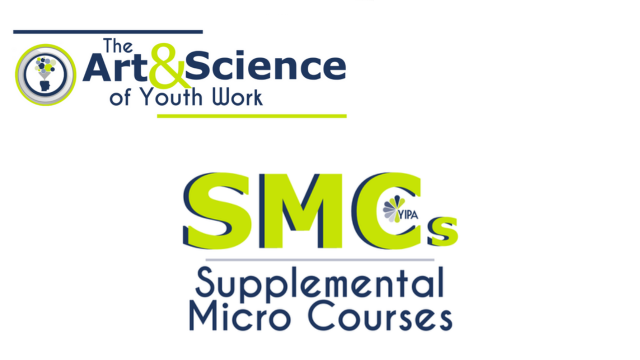Art & Science of Youth Work

Addressing Mental Health Stigma in Your Youth Work
Mental health stigma prevents many young people from seeking support, expressing their emotions, and accessing the resources they need.
Read More
Blended Interactive Course


Concepts and Actions in an Equitable Youth Work Practice
This training is designed to help you understand and apply the EDIABE framework. EDIABE stands for Equality, Diversity, Inclusion, Accessibility, Belonging, and Equity. It offers both a mindset and a...
Read More
Turning Strengths Into Skills
Everyone has inherent strengths that come naturally and help define who we are. But too often, people and the world focus on what people lack. We’re surrounded by messages that...
Read More
Quick Takes Blog


Stress Management is a MUST for Youth Workers
Youth work is a calling. It’s also a profession built on emotional labor, constant problem-solving, and holding space for others even when you might not have enough resources or rest...
Read More

Setting Boundaries That Support Growth
Boundaries are often seen as control or punishment. But used properly, they are a tool for helping young people grow, build trust, and develop accountability.
Read More

YOU Are Youth Work
Youth work is more than a job—it’s a calling that places you at the heart of transforming young lives.
Read More

Recognizing and Responding to At-Risk Behaviors
As a youth worker, your ability to recognize and respond to at-risk behaviors is essential. Young people often face challenges that may put their health, safety, or future at risk.
Read More

Using Nonverbal Communication to Support Young People
Young people don’t just listen to what you say—they watch how you say it. Studies show that up to 93% of communication is nonverbal, meaning your body language, tone, and...
Read More

Adapting to Different Communication Preferences
Effective leadership requires tailored communication. This micro course will help you develop skill in identifying different communication preferences and tailoring how you respond to meet the needs of each style.
Read More